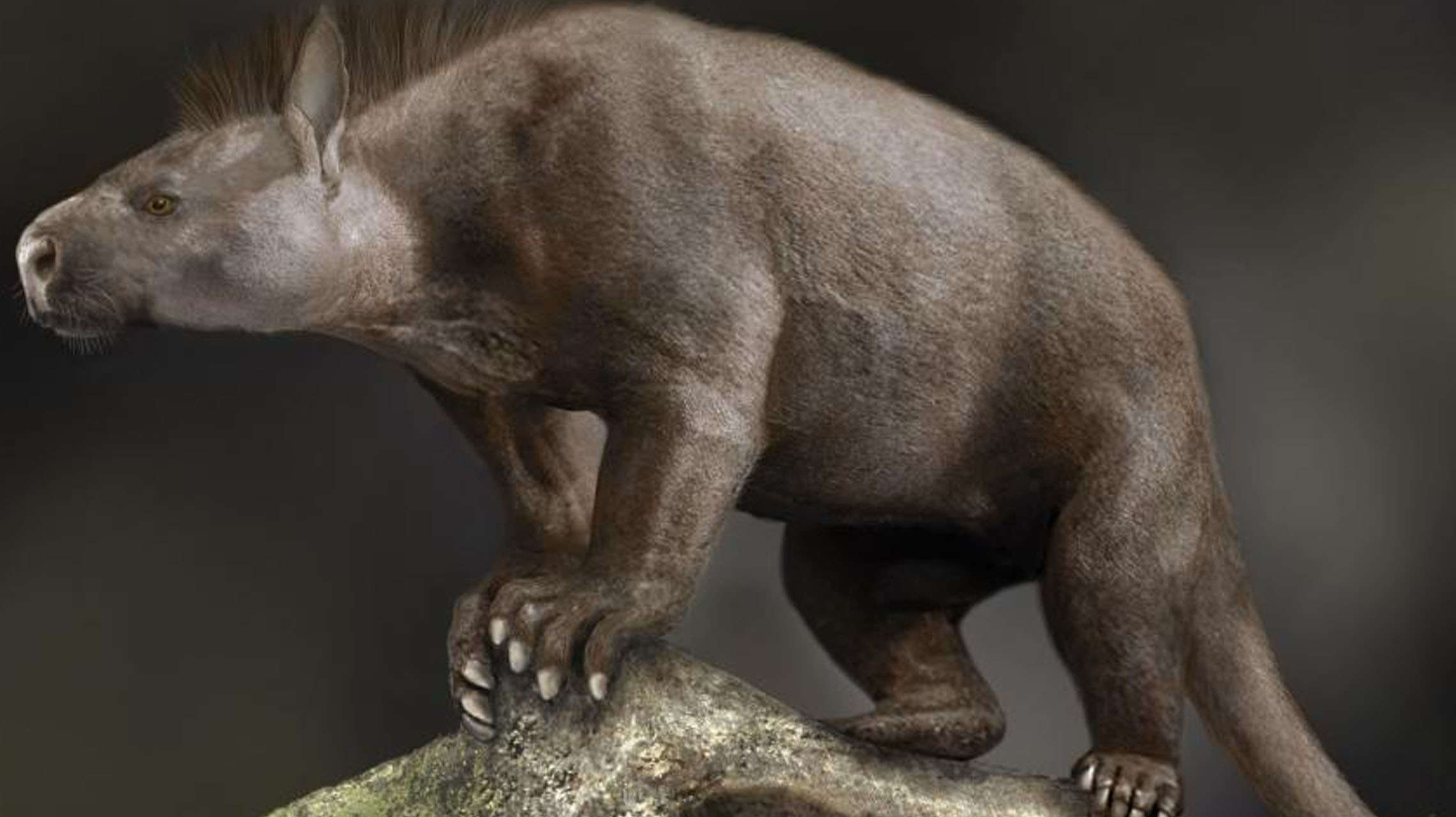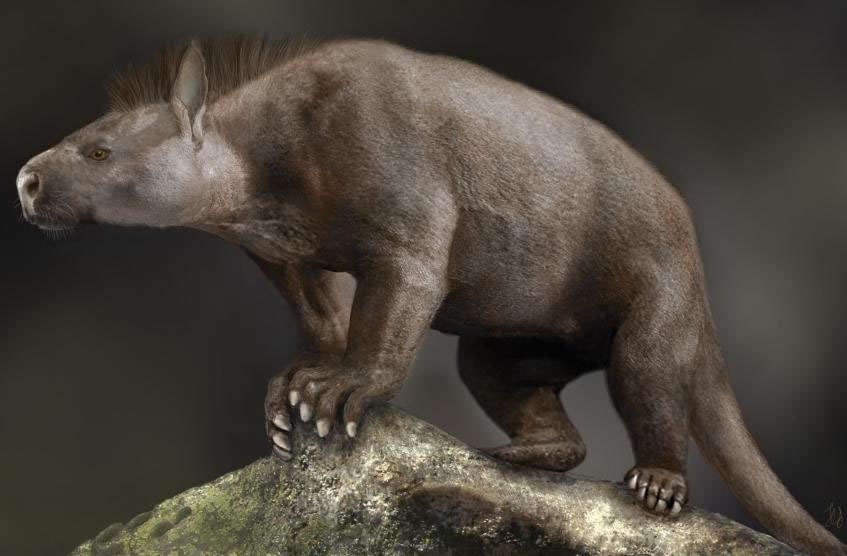Create a free profile to get unlimited access to exclusive videos, sweepstakes, and more!
How mammals took over after dinosaurs perished—they had advantages mega-lizards didn’t

It took an asteroid the size of an entire city to snuff out the dinosaurs, which left behind footprints that appeared too monstrous for anything else to fill. Then something did.
Mammals were not exempt from the End-Cretaceous Mass Extinction. Many mammal species also perished in the volcanic fires and nuclear winter that followed, but new research led by paleontologist Sarah Shelley of the University of Edinburgh has found that a surprising number of them were able to do more than just survive. They kept evolving adaptations that gave them an edge, burrowing deep underground and escaping to safety in places that would never fit a dinosaur. Bizarre species became suited to living in conditions that were almost inhospitable.
What mammals did in the moments after the asteroid smashed into Earth remains a mystery, but Shelley, whose study was recently published in Proceedings of the Royal Society B: Biological Sciences, has an idea from the earliest post-extinction fossils they left behind.
“Figuring out the similarities and differences in Paleocene mammal anatomy is a tricky problem and one of the reasons that these Paleocene mammals have remained relatively understudied,” she told SYFY WIRE. “Part of the issue is that the skeletons of Paleocene species all look very similar to each other and are not easily compared to the skeletons of living mammals.”
This is part of the reason that many Paleocene mammals are considered too primitive to bother with. Most of them had clunky skeletons that had not reached the point of evolving anything specialized enough to compare to extant mammals. Because any soft tissue that would differentiate them better has long since degraded, and their remains show a basic mammalian body plan, they have not gotten more attention from scientists until now. There was, however, and advantage to these bulky bones. Studying them closer revealed that they had plenty of room for muscle attachments. They were also free of some physical inhibitions.
Being robustly built with thick bones and muscular bodies was already an advantage, but something else gave the mammals of the post-extinction era more versatility than extant species. Bones that regulate the type of movement that will be made by feet had not appeared yet. This meant that mammal species back then could more easily fill the gaping ecological niches left by dinosaurs, being able to further evolve and diversity according to their environment and food availability without breaking bones to do it. Many were burrowing types that could easily transition to other lifestyles if it was necessary.
“It isn’t that Paleocene mammals weren’t specialized, but the ways in which they were adapting their skeletons was more subtle and not necessarily the same kind of adaptations seen in living mammals— things like having a mobile and versatile ankle joint,” Shelley said. “This led to some pretty unusual animals and evolutionary experiments.”
Living on a temperamental planet which experienced massive geological shifts meant that mammals needed to be ready for anything. Their ankle, wrist and elbow joints were strong but extremely mobile because there were no extra bones forcing them into a specific type of movement. The more complex ankle joints of something like a hippo have evolved for the forward and backward motions of running, but don’t perform so well in sideways movements. Soft tissues that have long since disintegrated are thought to have stabilized the joints of many Paleocene mammals so they could adapt to whatever Earth or space threw at them next.
Some things that emerged during the Paleocene sound like botched attempts at genetic mashups. When the apex predators that run the place go from gigantic reptiles to what looks like a mashup of a tiger and a llama with dagger teeth, you know something weird is going on. Most predatory mammals around 60-something million years ago were actually hoofed creatures more closely related to what are now (ironically) prey animals like pigs, cows and sheep. The skulls of these predators that Shelley studied showed jaws with enough power to get just about anything in the jugular. At the same time, their hooved feet might have given them a speed boost when chasing prey.
Even with all the extremes that developed in Paleocene mammals during an extreme time in the planet’s history, some of their features are still echoed by extant descendants. Shelley and her team focused on placental mammals. Paleocene marsupials and egg-laying monotremes like the platypus are much rarer in the fossil record, though there is something remarkable about the genome of the platypus that, at least in a way, relates it to humans.
“The success of placental mammals was likely related to their physiology,” she said. “Factors such as how they reproduced and raised their young, how they grew, being metabolically efficient, and also being social and intelligent all tie in with being adaptable and able to overcome the ever-changing environment.”
Would humans be adaptable enough to survive a mass extinction? Be glad we aren’t scheduled for another asteroid run-in anytime soon.



























